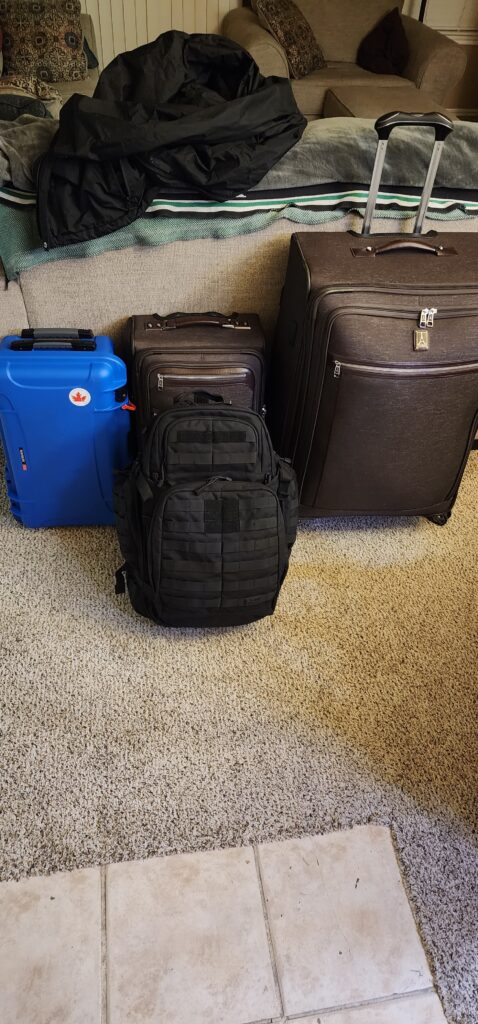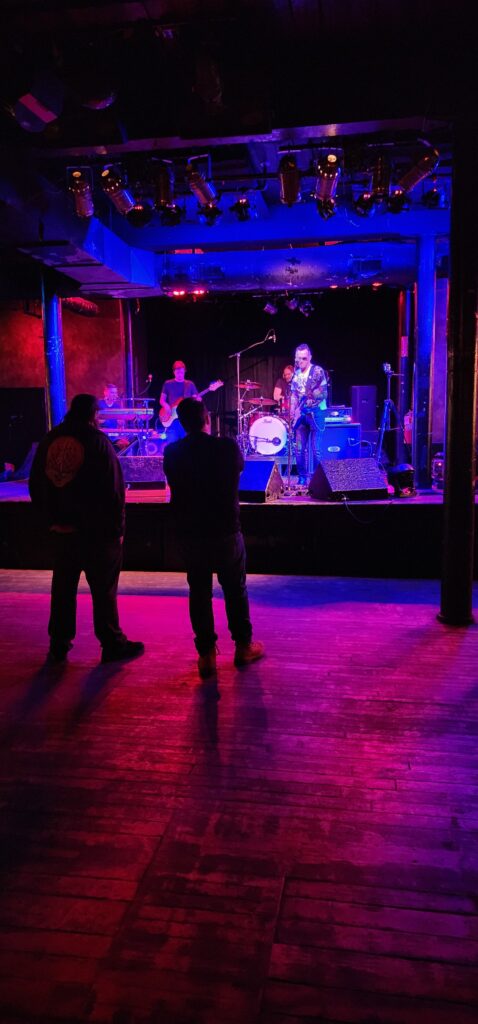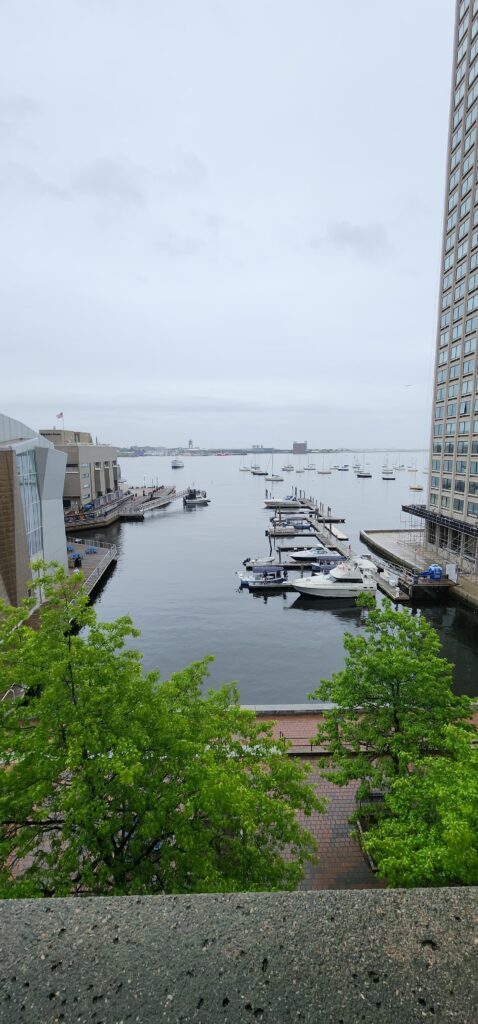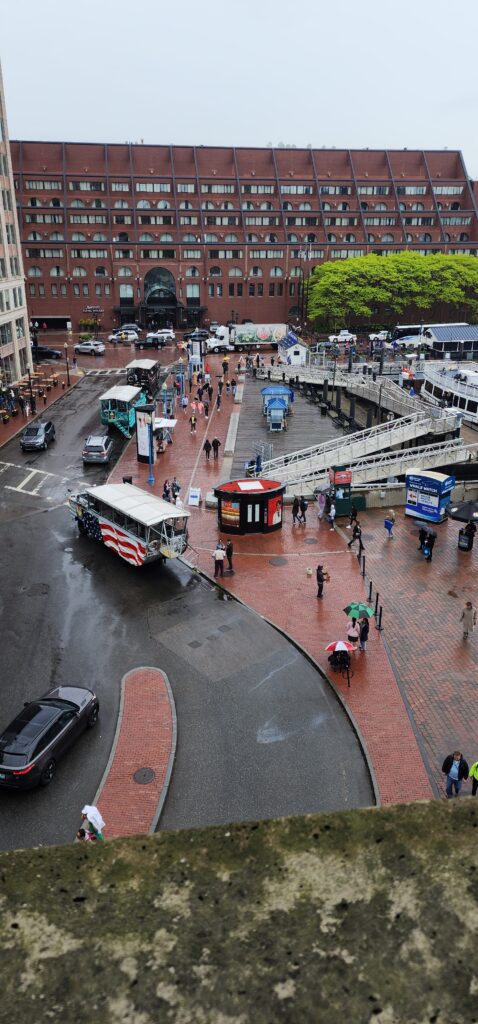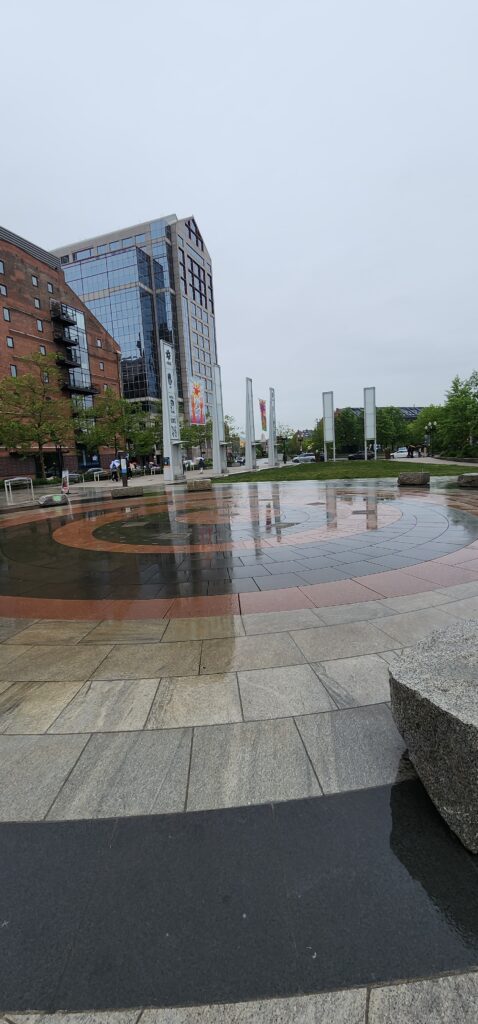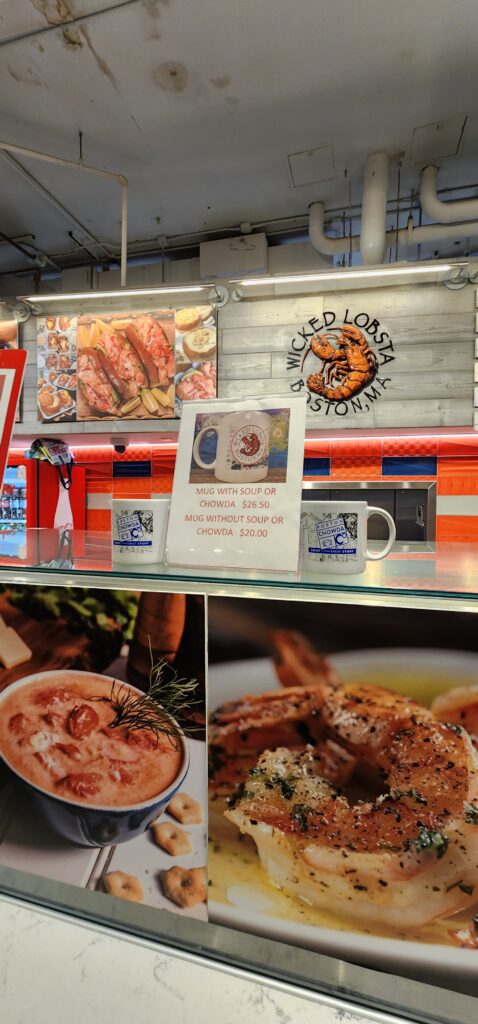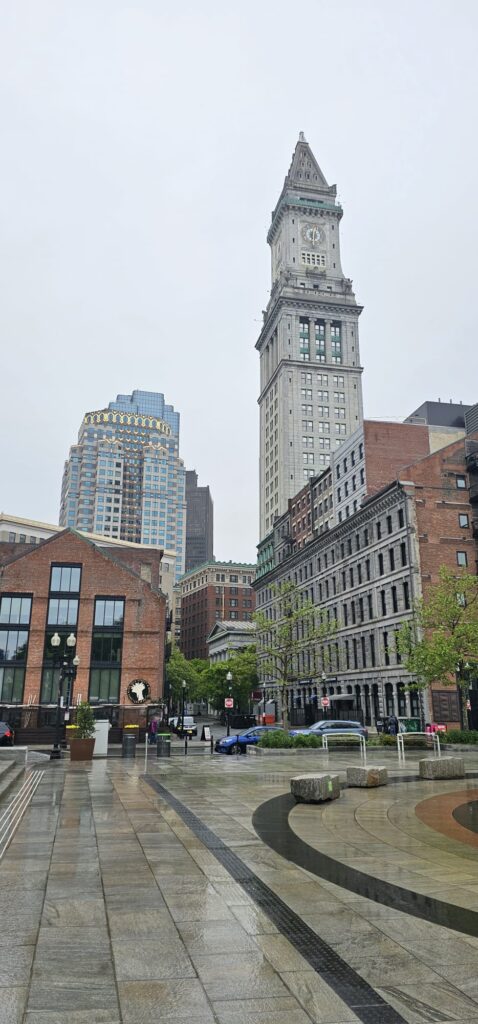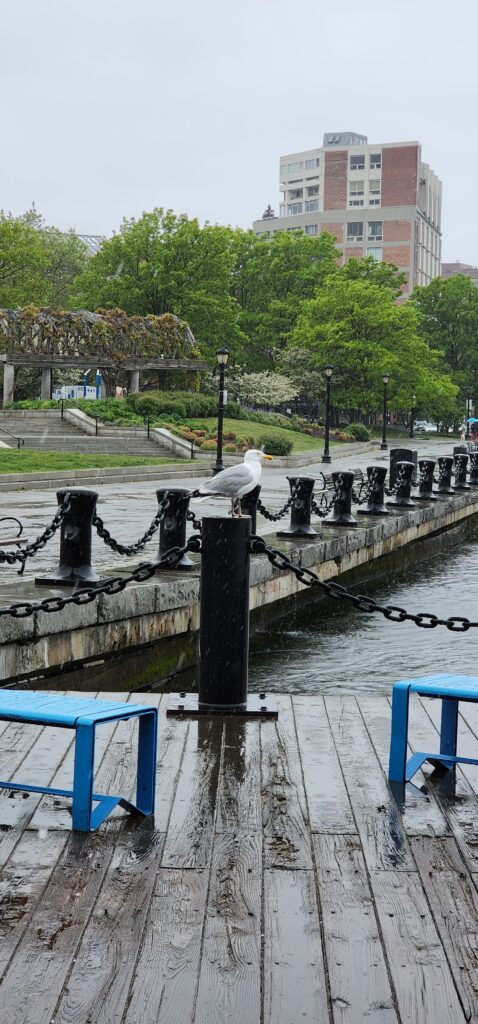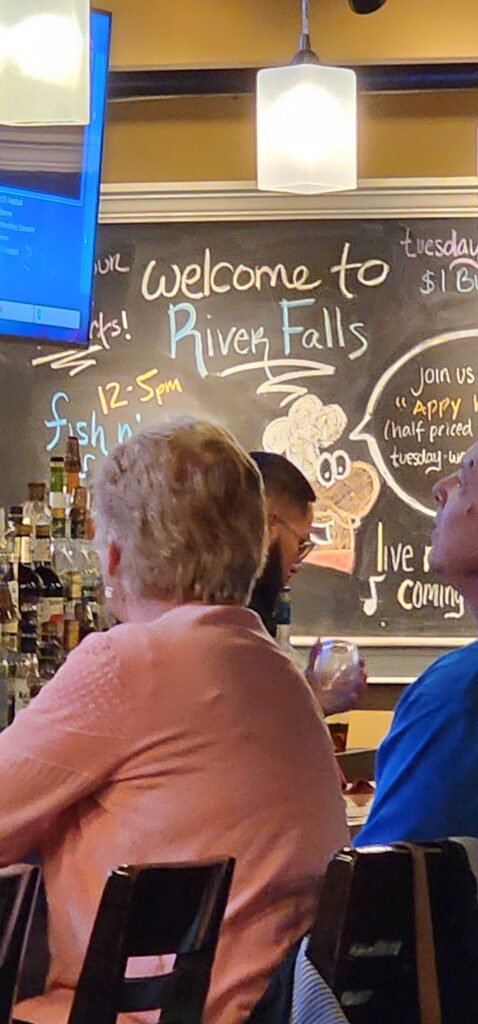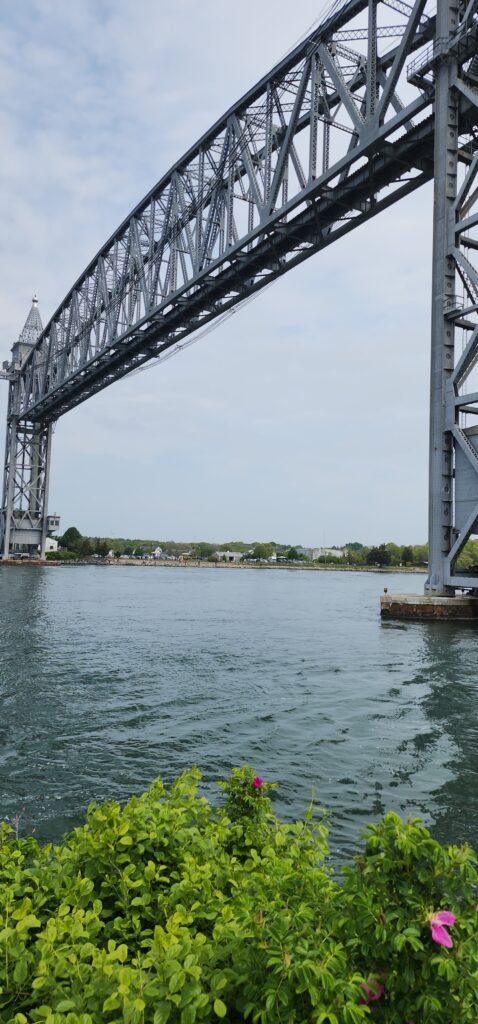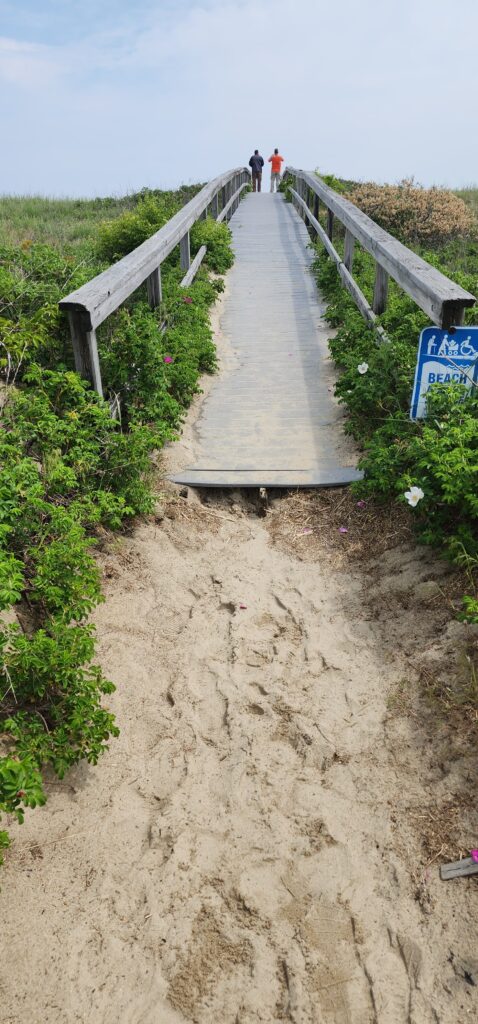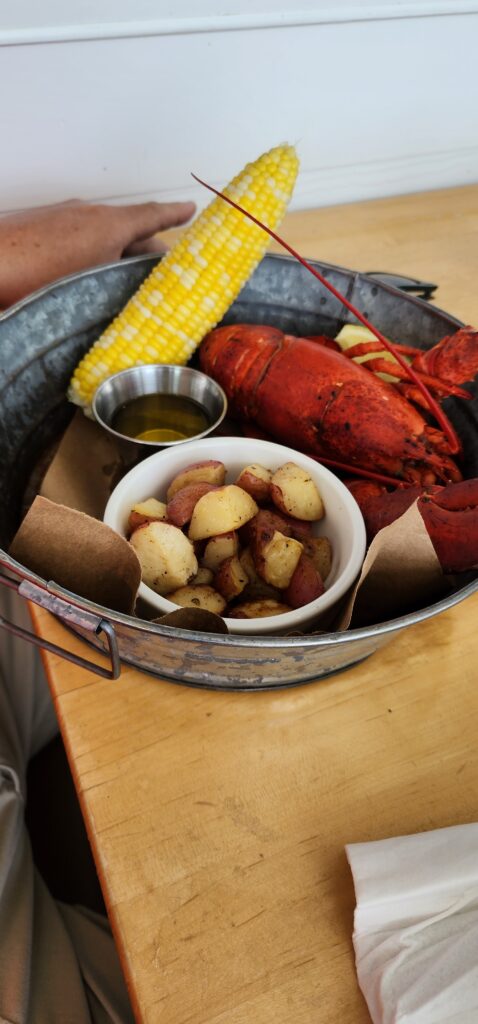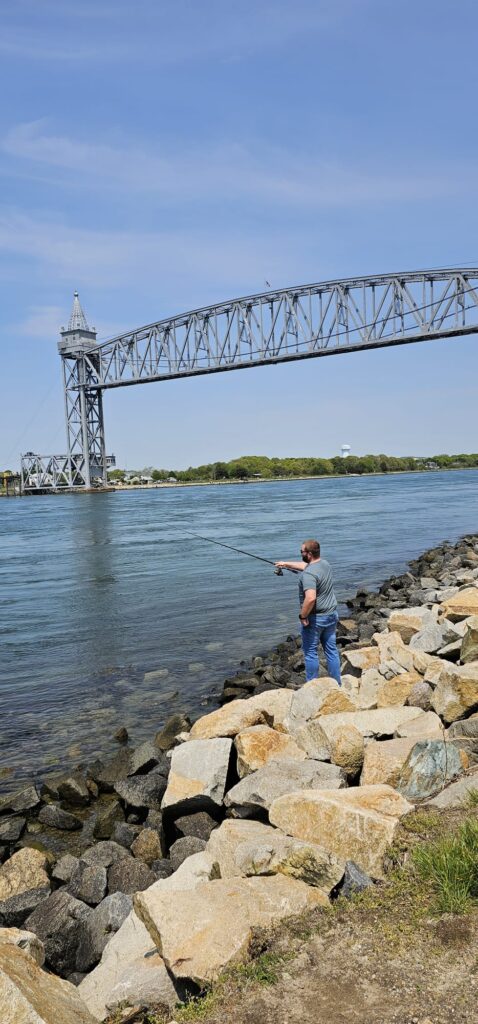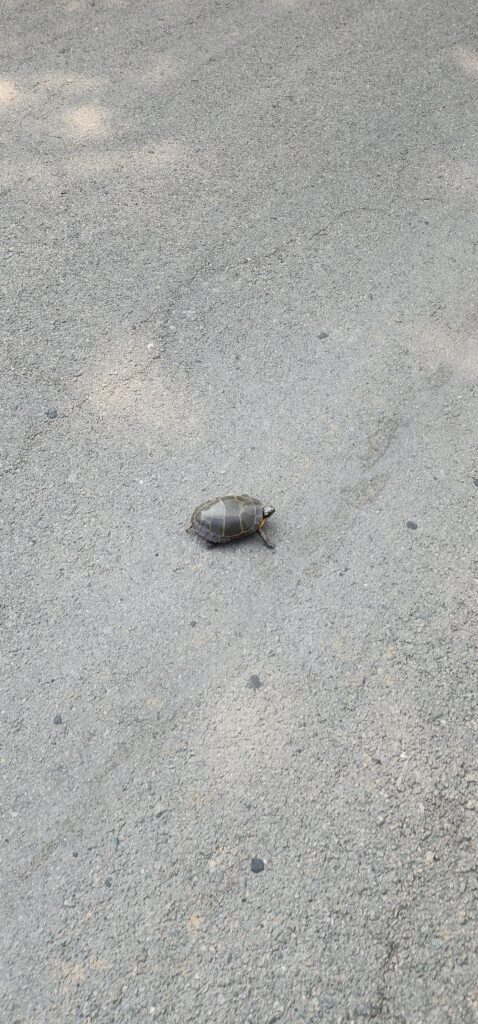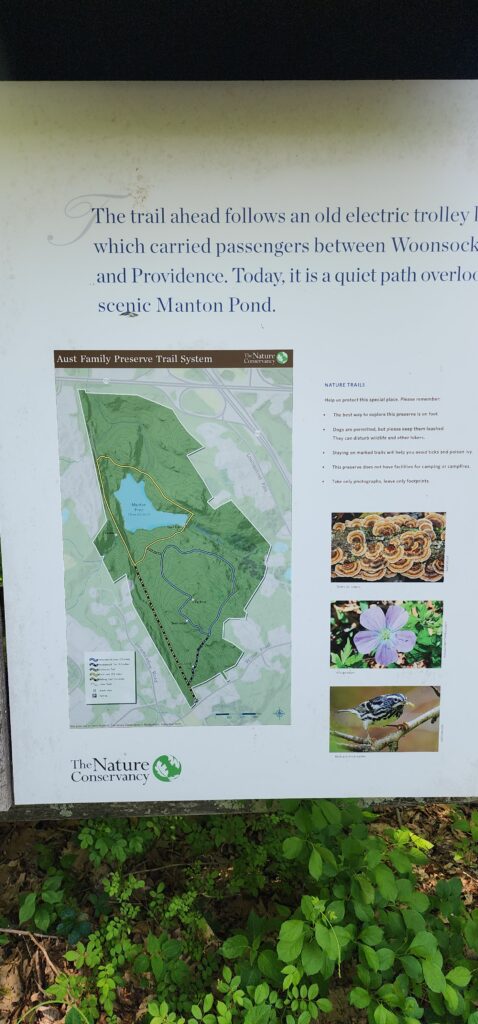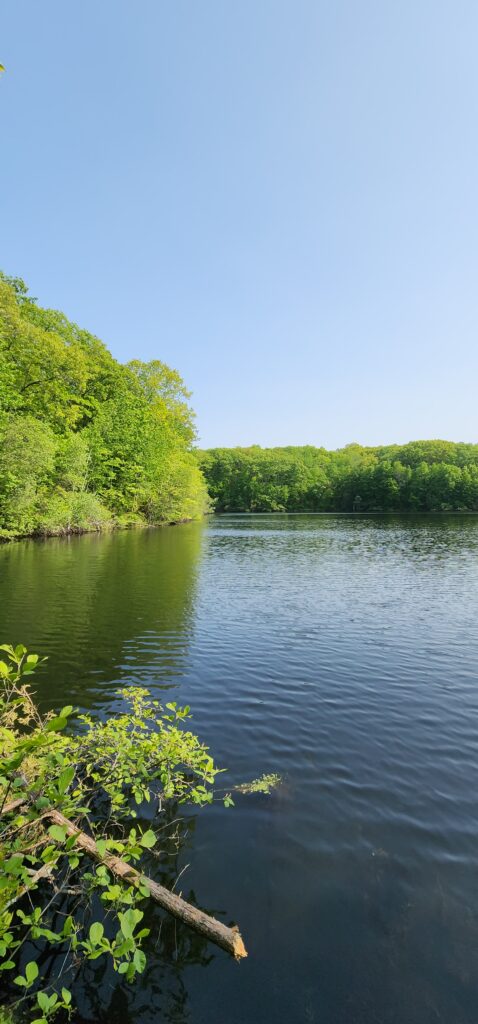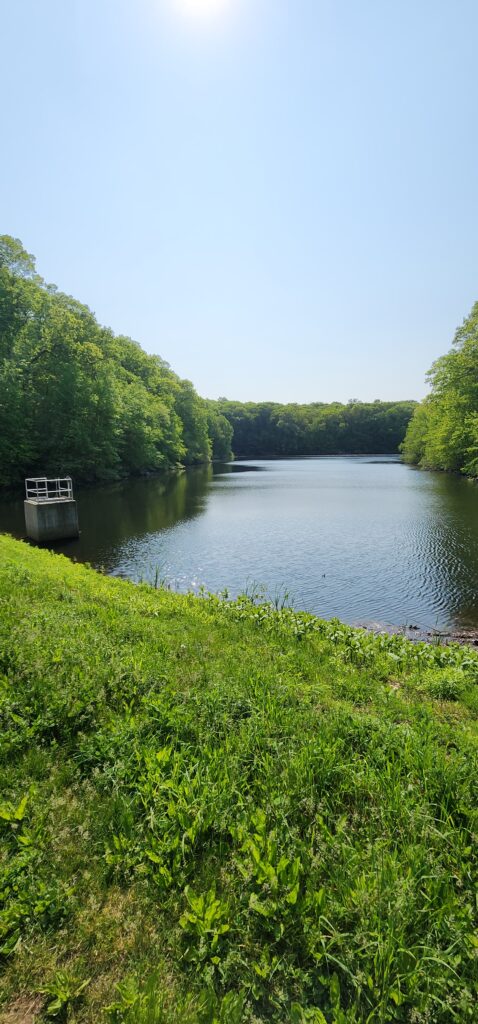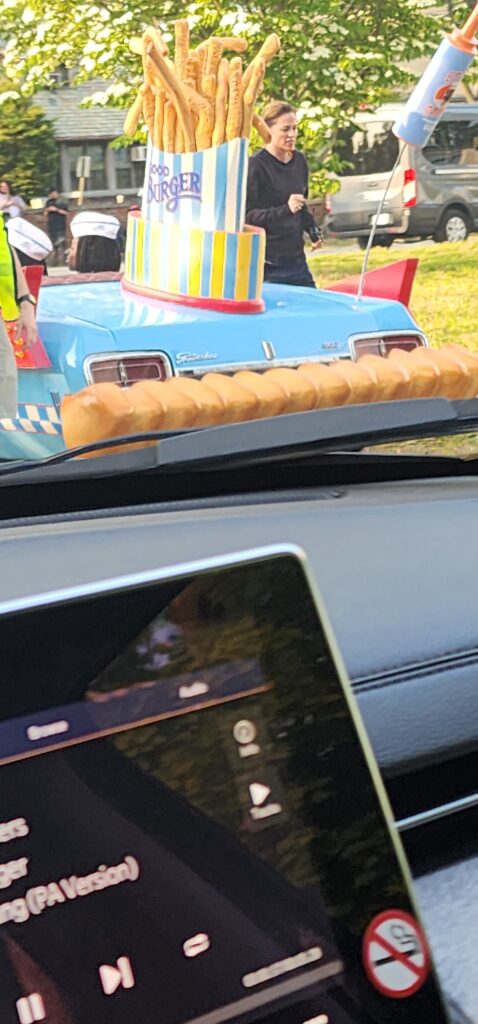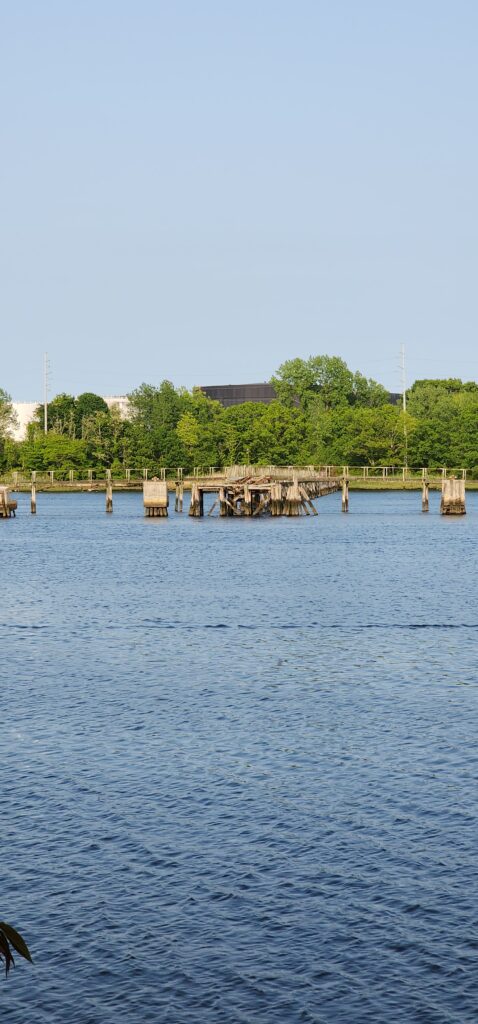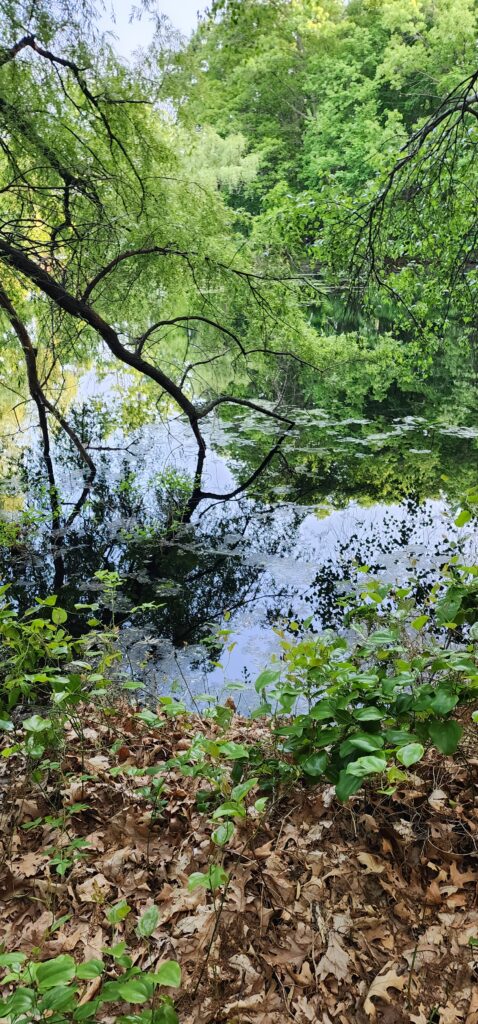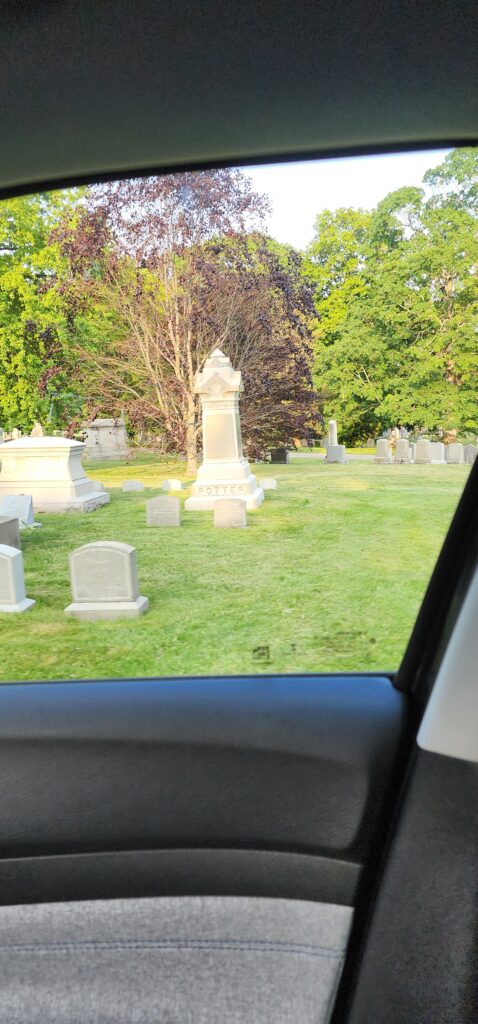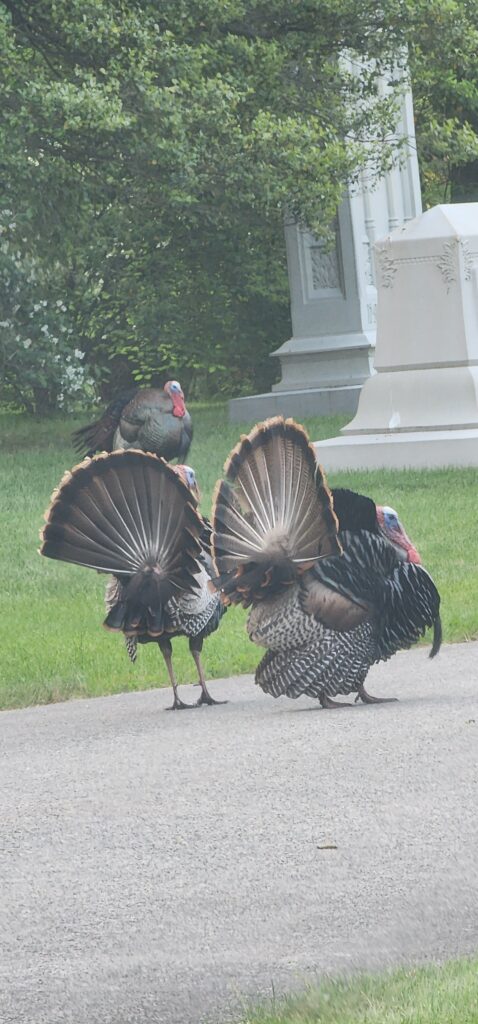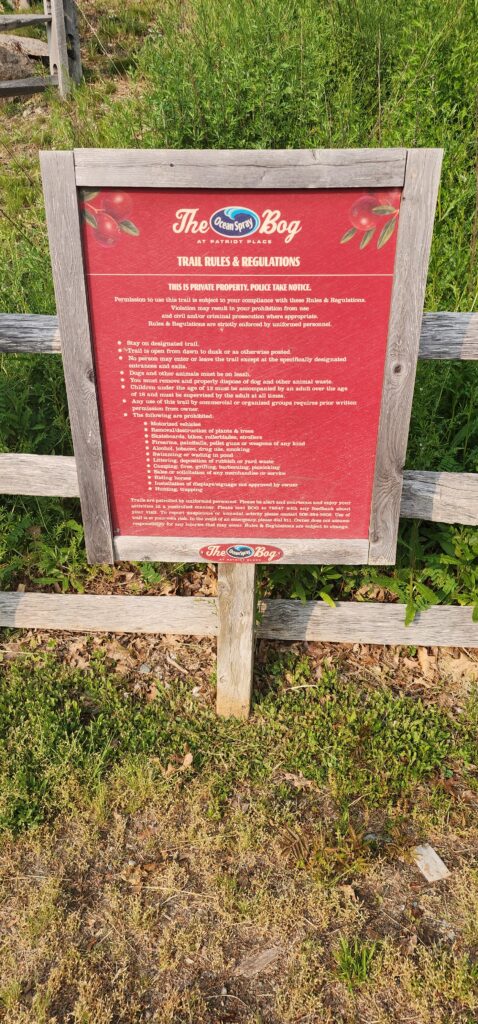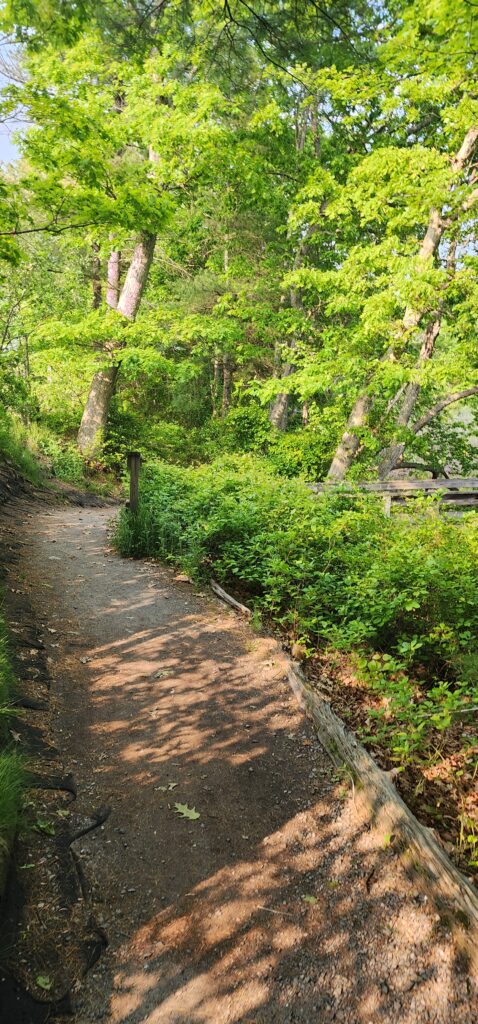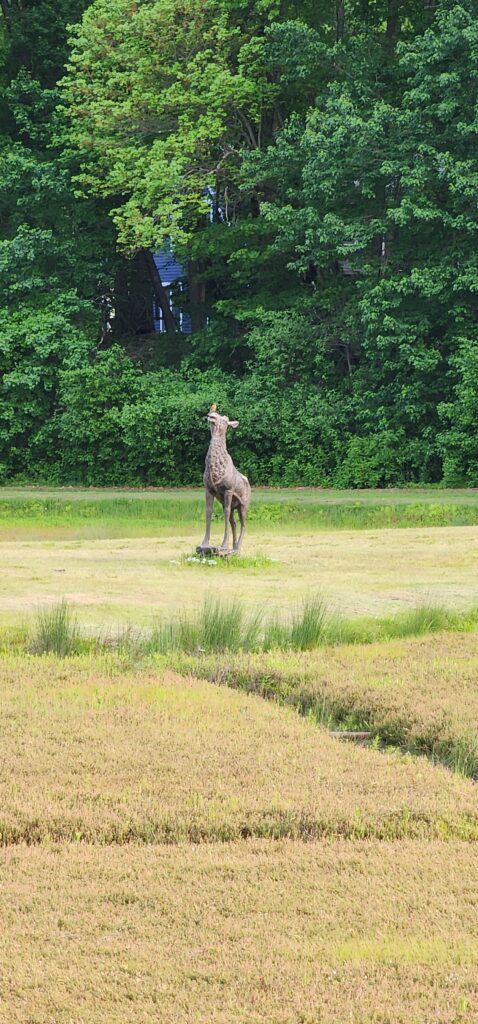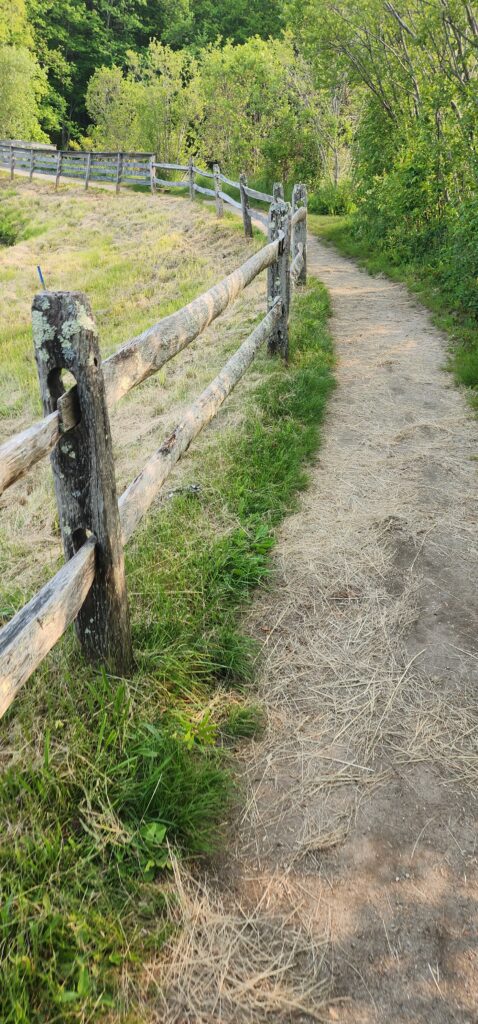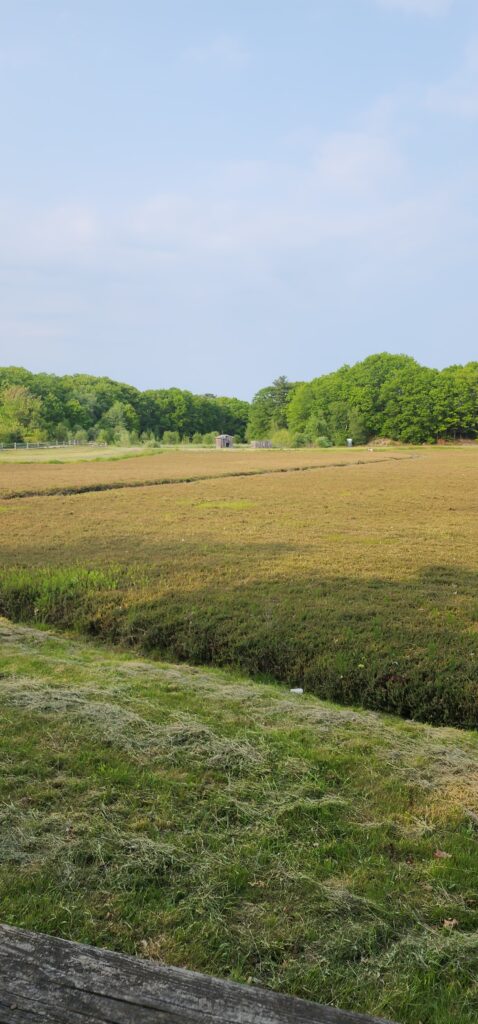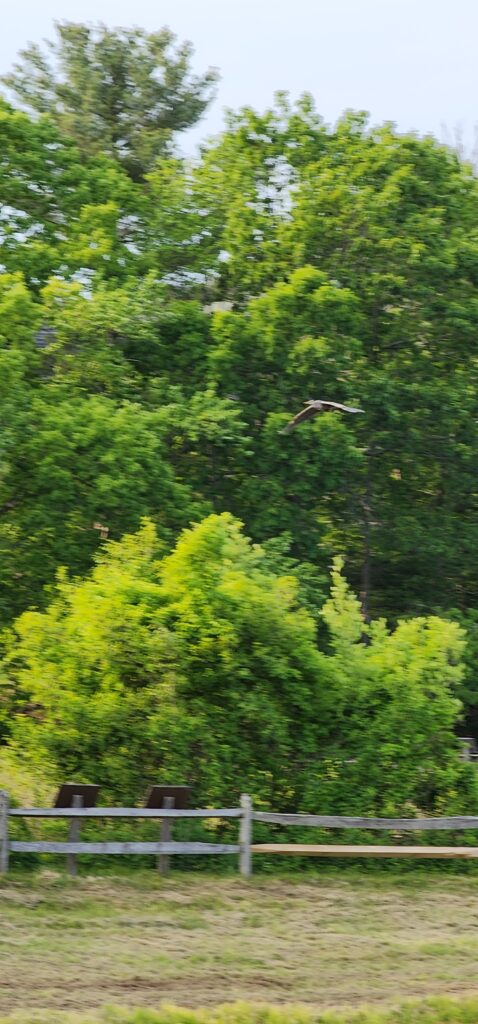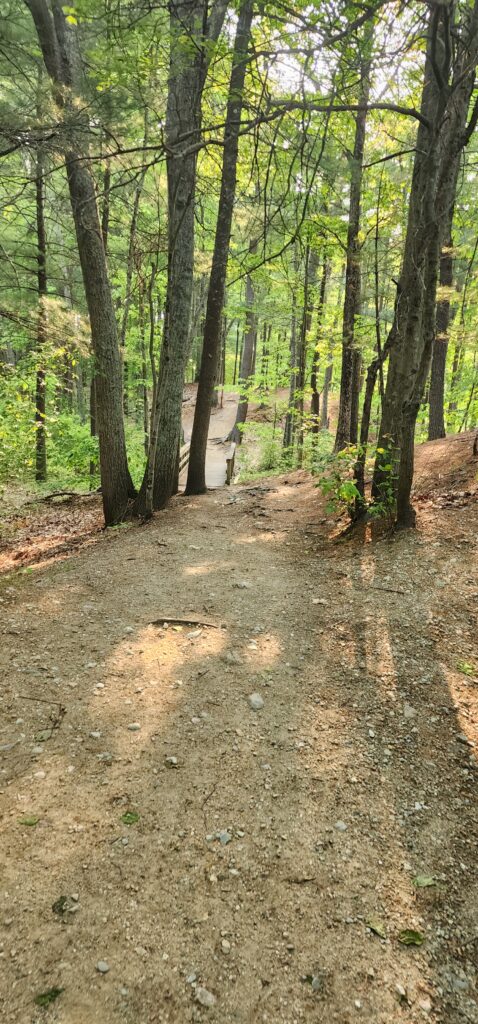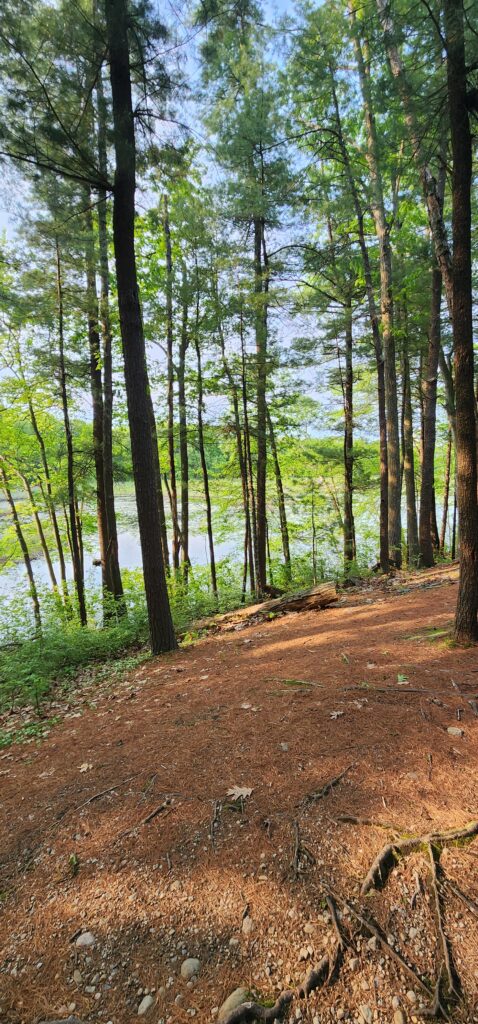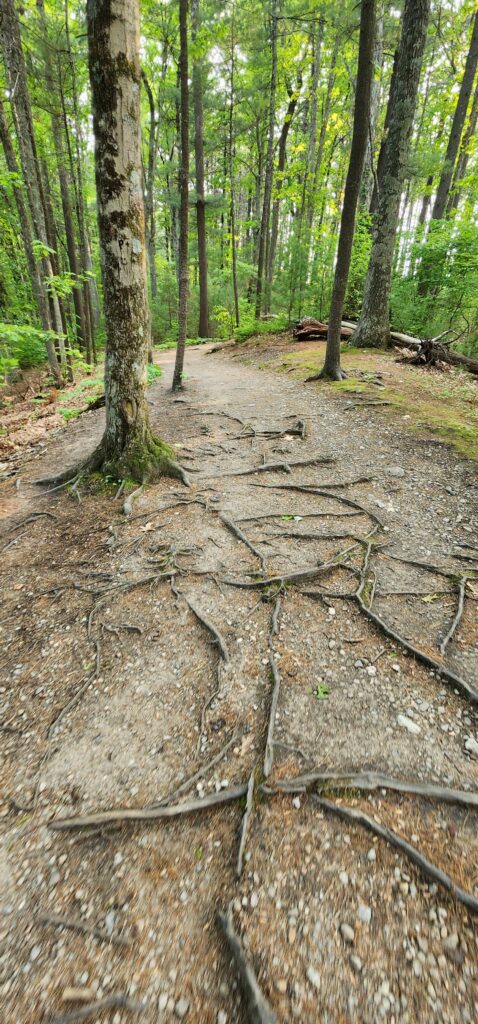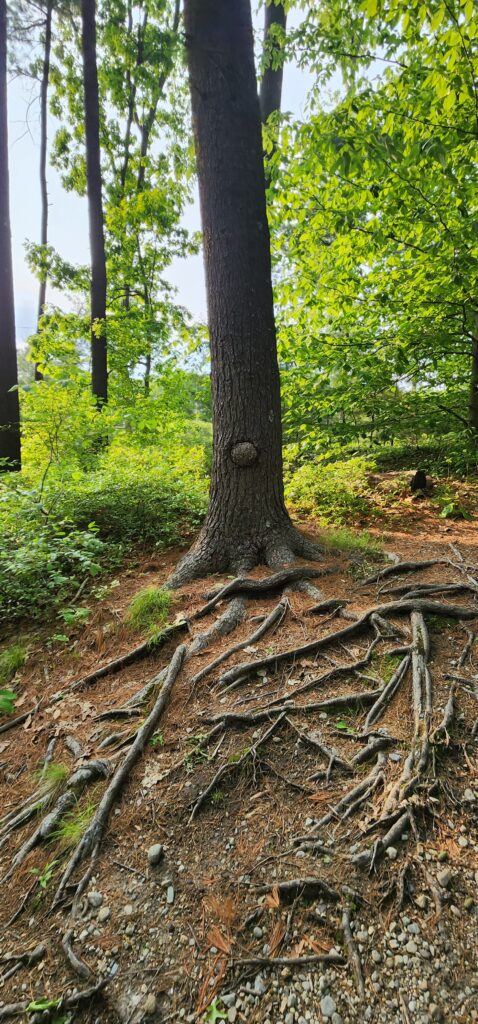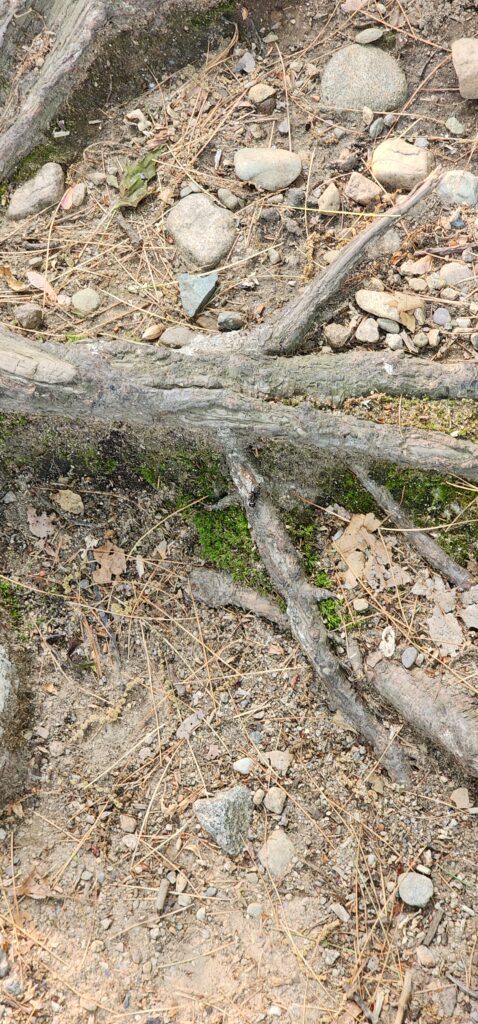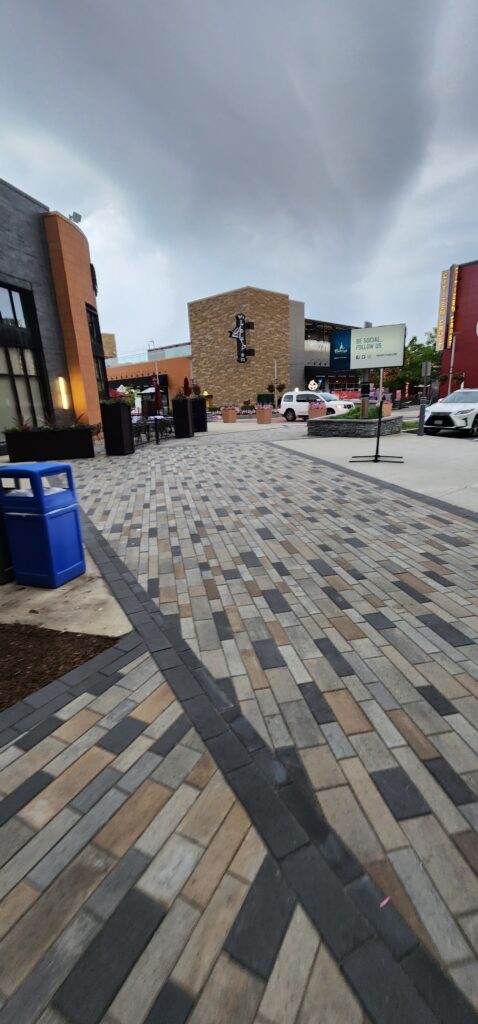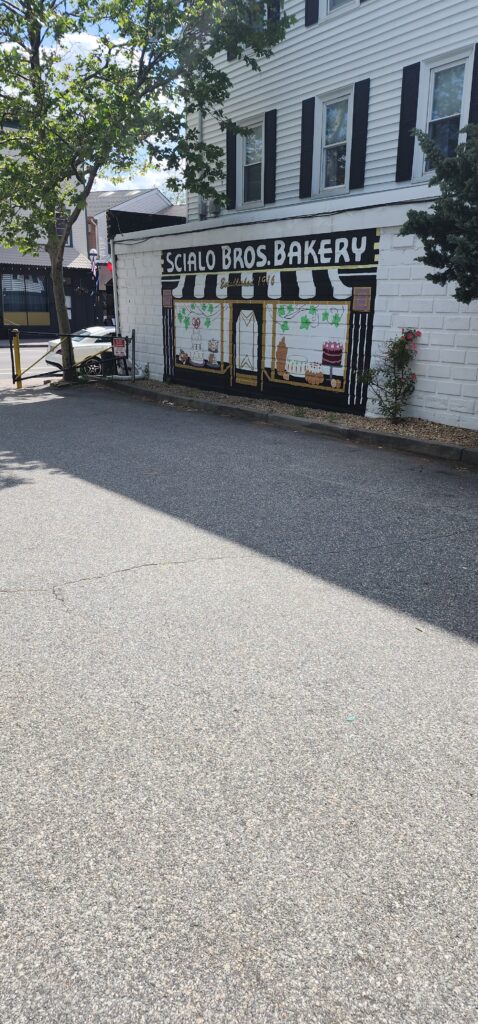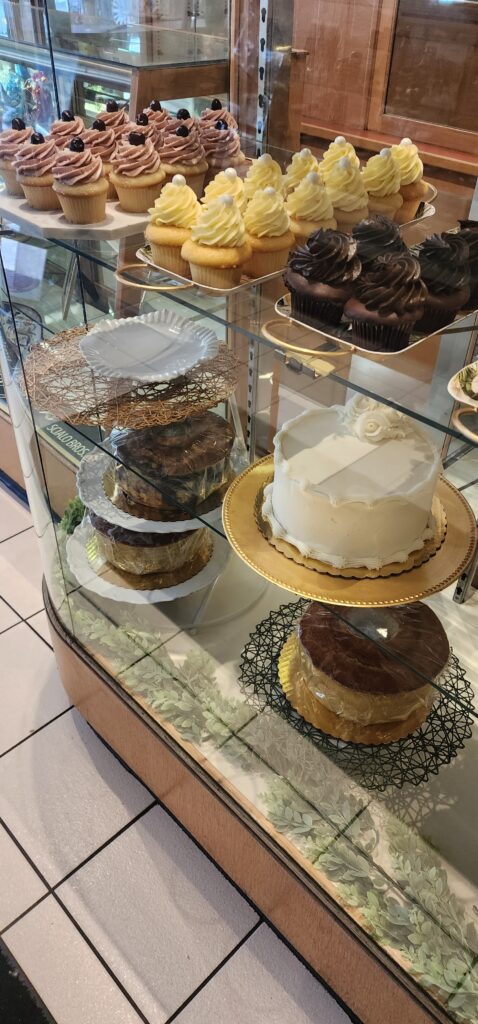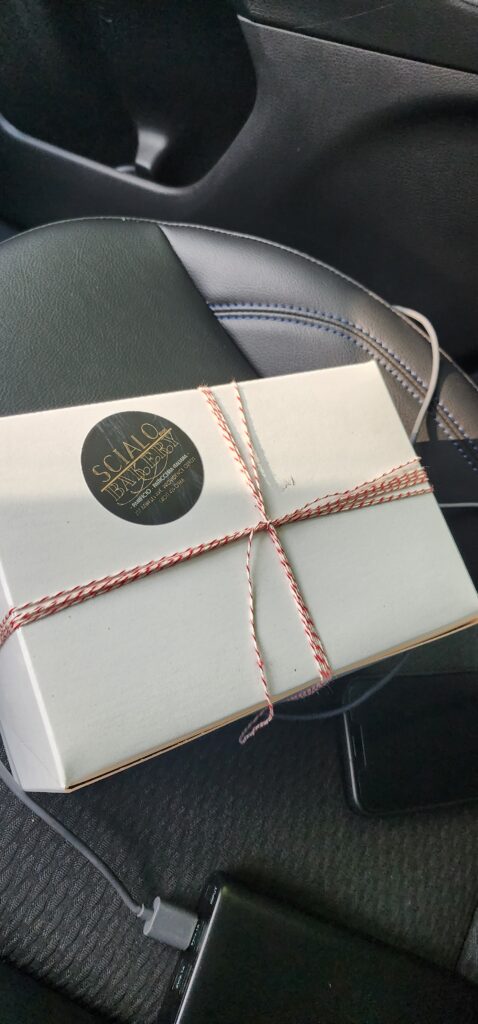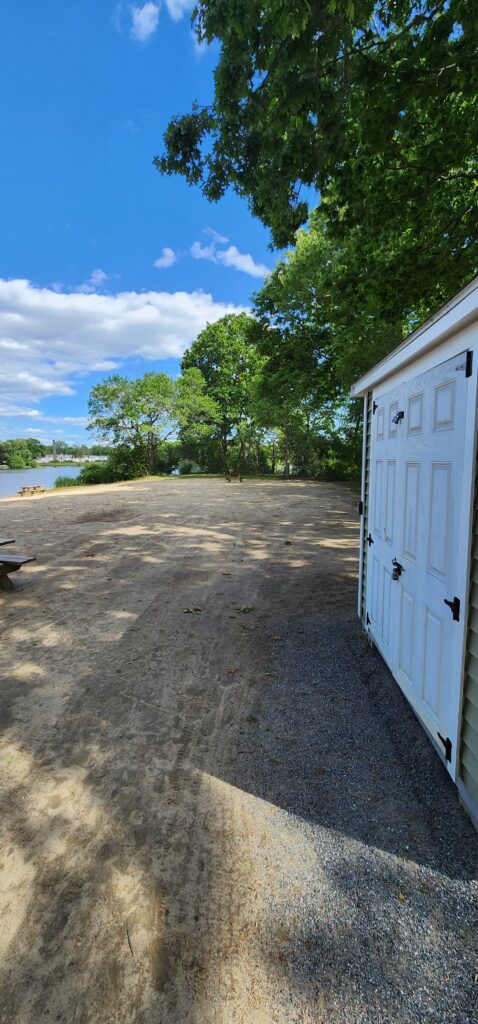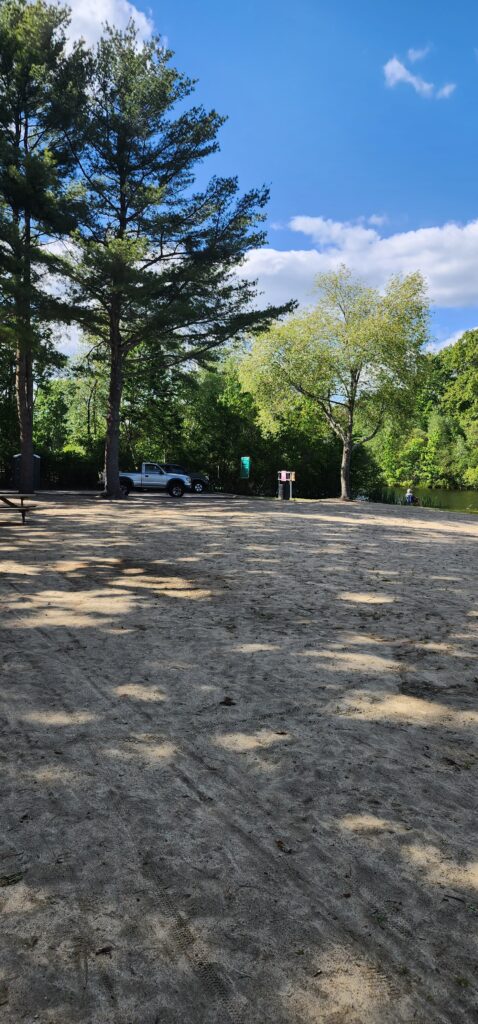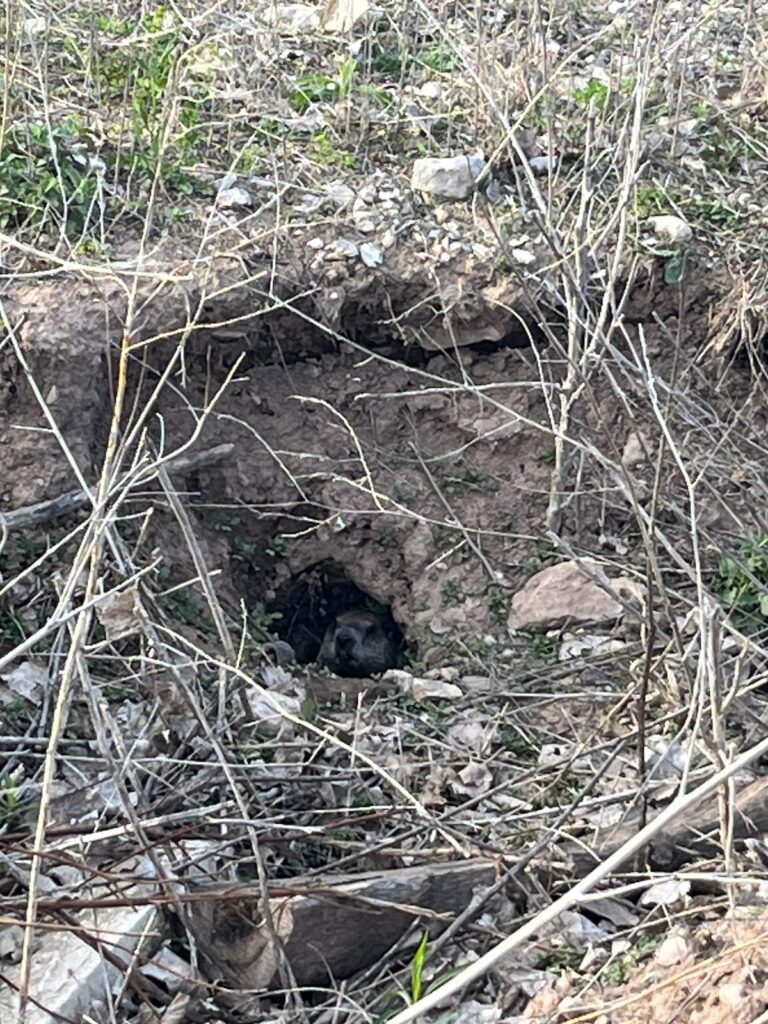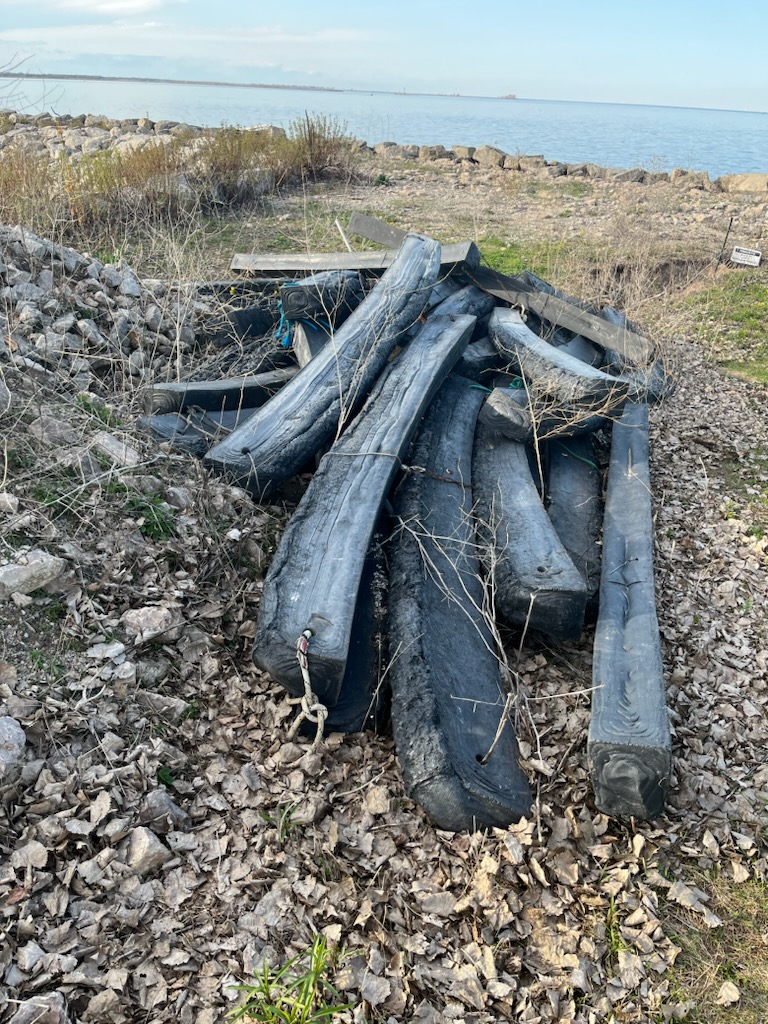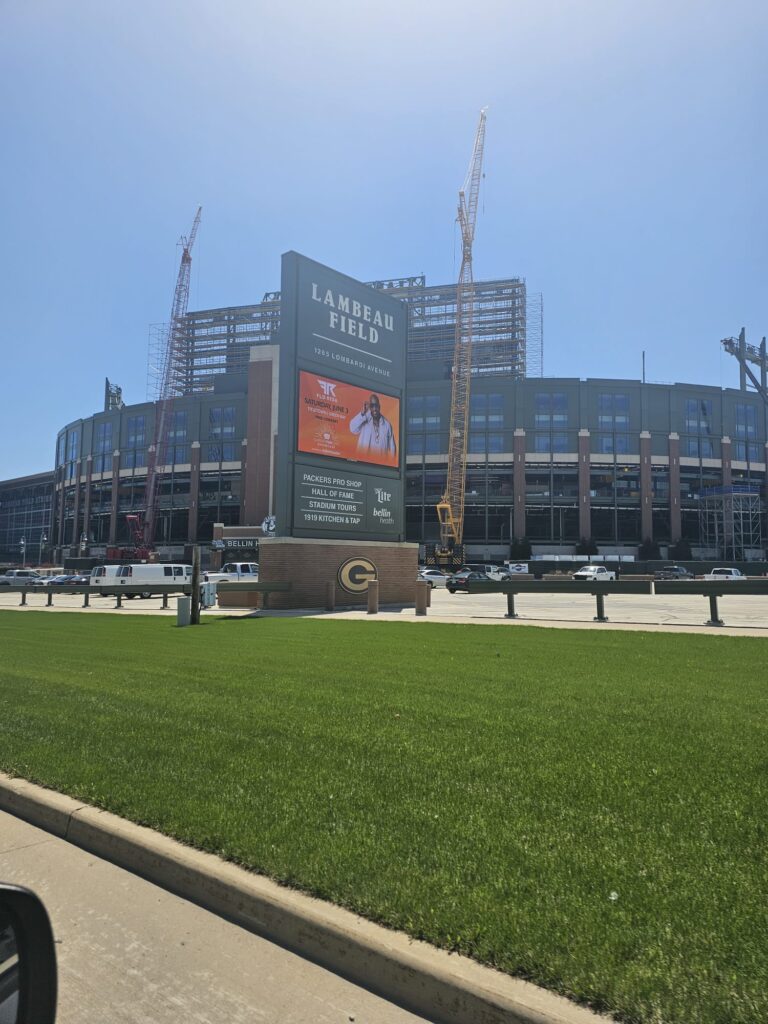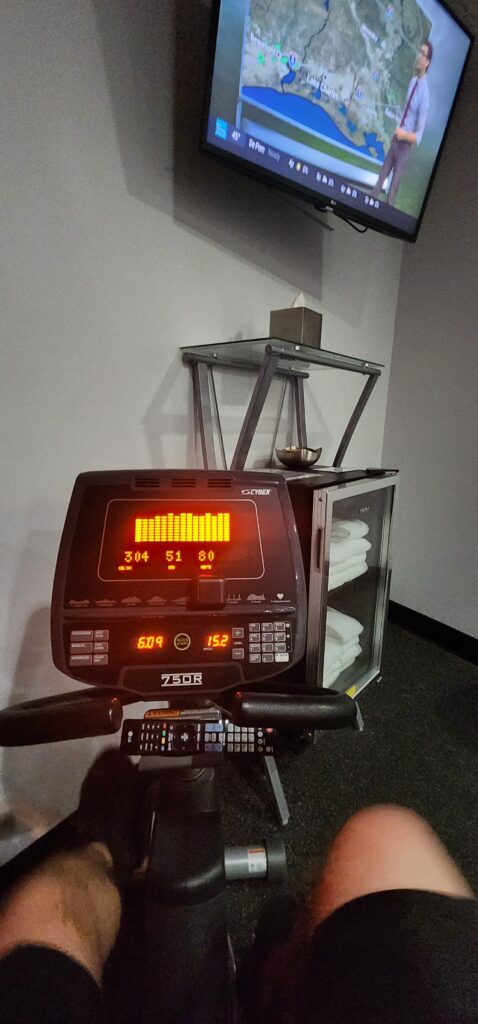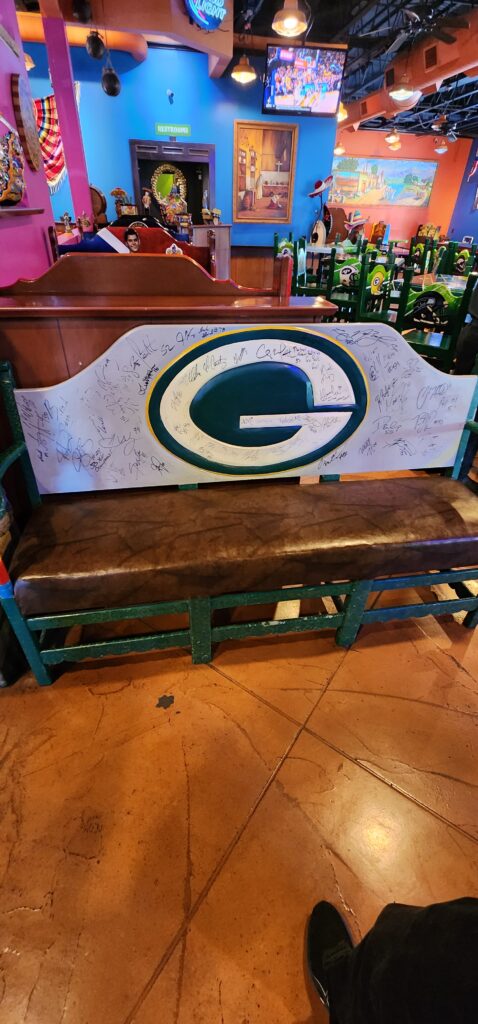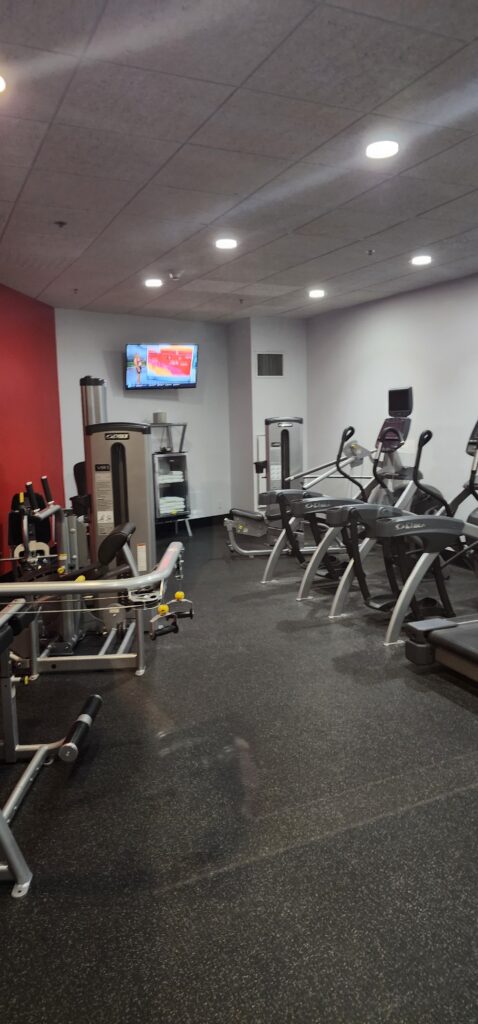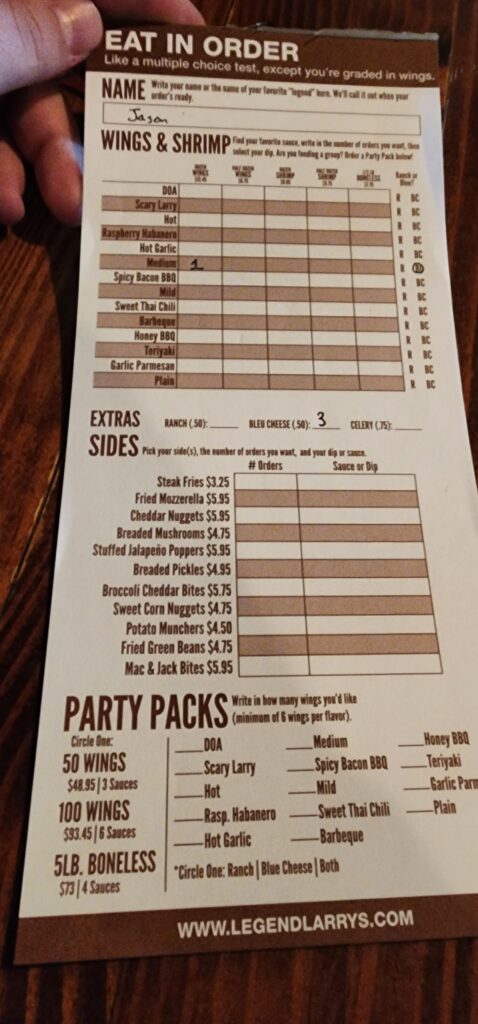Throughout the last few thousand years, spiritual beliefs have been expressed through myths and stories in order to explain the natural world and to provide an outlet to express the Divinity felt in consideration of a particular topic or belief. Methods of story telling through skilled crafting are employed that interconnect and overlap with different belief systems while simultaneously being able to communicate a level of sublimity through the work created. This is the case in architecture whereby building styles are carefully selected and designed to display dominant cultural and spiritual values. A reason for doing this is that individual cultures can establish social, religious and artistic paradigms in which beliefs are conveyed to both perpetuate the local culture as well as expand the relative influence over those who don’t currently share an identical set of beliefs. This dominance of the perceived sacredness and divinity that a group of folks will have is often seen as an expansion of their belief system as it becomes incorporated into a growing cultural framework.
In the same way that architecture is an example of skilled work one can express perceived divinity in nature, various decisions must be made in order to complete this type of work and projects. Considerations regarding raw material suppliers, aesthetic choices, building regulations as well as the people to perform the labor are all Modern examples of moments where decisions must be made in building architecture in order to select a desired outcome. To make the choices, it’s not possible to neglect the impact of a divine guidance in answering these questions and others not listed here if the intention is to create a complete object. In the same way that some trees won’t naturally grow on sand, nor will some buildings naturally remain standing on the same sand; therefore, skilled labor such as selection mechanisms and architecture have come to be some of the most powerful tools in this arsenal in the continued venture to tame and tend this universe. The proper use of these tools demands that grace flow through the crafters so that the underlying divinity inherent to the specific work might manifest itself, rather than for simply satisfying a need egregiously declared to be immediately needing a solution.
Architecture is a good example of a skilled craft through which people may express their appreciation for divinity, because it’s a process that requires them to select a particular building style and then combine this with their creative efforts to produce tools and structures. Work such as this can show that the same level of aptitude that allows folks to express themselves spiritually, while simultaneously respecting the environment in which they live in as their common home, provided the proper selection mechanisms are in place. Divinity which was originally exclusively seen as a part of nature and animals and mankind has expanded to incorporate being seen in the tools that people create through extension of the divinity implicit in themselves that’s interconnected with the divinity in nature.
This incorporation of divinity in skilled work has lead to a more modern outlook beyond simple re-purposing of nature for immediate individual efforts and has moved toward creating that which is to become natural – power that was originally attributed to higher deities such as God in Christianity or otherwise wholly represented in action through Nature. This disruption in nature has shaped modern viewpoints in recognizing divinity and interconnectedness as natural landscapes have given way to city-scapes that are just as breathtaking and in many ways have become natural through the rigorous incorporation of appreciated and identified divinity in skilled work. Nature, having previously provided tree cover or caves as shelter, is observed yielding to people as the honing of the human mind has further enabled the directed application of the raw materials from nature to make increasingly complex architecture.
John Ruskin, in his, “The Nature of Gothic”, conveys an assertion that proper work wouldn’t follow suit in making, “a tool of a man”, and says, “You must either make a tool of the creature, or a man of him. You cannot make both. Men were not intended to work with the accuracy of tools, to be precise and perfect in all their actions” (“The Nature of Gothic: Savageness.” The Stones of Venice, Ballantyne Press, 1900, Page 11, Section 12). He further writes on the division of labor, “It is not, truly speaking, the labour that is divided; but the men :- Divided into mere segments of men-broken into small fragments and crumbs of life; so that all the little piece of intelligence that is left in a man is not enough to make a pin or the head of a nail.” (“The Nature of Gothic: Savageness.” The Stones of Venice, Ballantyne Press, 1900, Page 14-15, Section 16). This means that the division of labor in this Modern society has been applied in such a way as to enable final products to arrive into the hands of the consumer in an incomplete state. This is a state that’s often functionally equivalent, but lacks in the touches that’d otherwise indicate the object was subject to the learned hand of one who was endowed with the cultural and spiritual values requisite to spur the demand for the object in the first place (as opposed to a machine).
Ruskin further elucidates that this form of creation cheapens both the worker and the builder, and the implication is that the cost of this loss is materialized as increasing corporate profits that have pilfered much from these Divine characteristics as the worker becomes more of a tool than even Ruskin would have been familiar with. Ruskin discusses decoration that’s the most aesthetic characteristic of Gothic Architecture in distinguishing the architecture itself as separate from the Gothic decoration in the very same building. This indicates that this imbuing is a step beyond simply constructing a structure, an integral step that’s invariably intermixed in the buildings structure, that becomes a way to grade the work. He writes, “Foliation, while it is the most distinctive and peculiar, is also the easiest method of decoration which Gothic architecture possesses … yet a builder without imagination at all, or any other faculty of design, can produce some effect upon the mass of his work by merely covering it with foolish foliation”. (“The Nature of Gothic: Savageness.” The Stones of Venice, Ballantyne Press, 1900, Page 72, Section 99).
Ruskin is saying the result of not imbuing the skill into the work, and as a result, leaves one person thinking and another person building is to provide people with work that cannot, by the nature of the arrangement, express that which is divine. Although the work may yield just as powerful outputs, unless one were to reconsider that which is actually divine and then reassess the current output of the process, Ruskin would still find it lacking integrity. His reference to, “any other faculty of design”, could be considered in the light of corporate monetary profits. There, the typical architectural ornaments one could easily see a respect for nature and the divine; instead, lie unadorned from many Modern buildings as the work needed to keep up with an unrestrained growth in scientific power (indicating the power of the mind) has lead to more demands for basic housing rather than needs for a high quality of life.
John Ruskin goes to far greater lengths and with much better wording than can be deployed here to provide an overbearing analysis of Gothic Architecture that incorporates much of the cultural and spiritual values that he saw at work in the style. While in no way could Ruskin’s chapter of a book even hope to be satisfactorily summarized here, the specific aspect of the book that I’d like to discuss is in line with his sections on describing the nature of skilled labor and its role in society, as well as a very specific interpretation of the grace that flows through the hands of workers in incorporation of the foliation present in Gothic architecture as discussed in his chapter. Per Ruskin, this dilution of capacity has lead to folks no longer being able to communicate or otherwise express the divinity, power and beauty they’d see in their work, that they’d’ve otherwise imbued in their work as a way to pass along the grace with which they might express that there is something greater than the individual that interconnects their creation to nature or a divine force.
It’s on this force’s behalf that the builder wields their knowledge that passes through their hands by a matter of considered selection, rather than creation for the sake of itself and its creators immediate needs. Doing this allows a worker to imbue properties understood of this interconnected whole into the work that’s performed. In making perceived divinity purchasable for a price, while simultaneously selling that which is without it for less, a selection mechanism has been applied to cultures this system operates inside of. An example of this selection mechanism impacting values can be those found in spiritual beliefs of Indigenous folks who were accustomed to them. The beliefs of both cultures, Indigenous and Western, are seen to be in decay as they slowly return to nature in Linda Hogan’s, “Power”.
Linda Hogan spent a fair amount of time in describing the homes in which both Ama and Omishto live in. Hogan opens describing Ama’s home as appearing, “..raw and abandoned, but it isn’t; Ama lives in the rickety thing. The place sits on cinder blocks in case of flooding. It’s a square, simple house, gray-looking, with a porch that wraps around one side. She uses palmetto fronds on the roof to keep the place cool, so it looks something like a hut sitting in the shadows of a jungle, even though it’s close to civilization.” (“Power”. W. W. Norton & Company, 1998, Pages 5-6). She continues to describe in further detail how this home appears to have blended in with the nature that it’s surrounded by, representing a sort of border between Modern Western civilization and the idea of a fading Taiga society that both women are a part of. The indication from the way this was written is that Hogan is trying to express that Ama adapts the architecture of the home, originally a part of Western civilization, to her own spiritual beliefs that were a combination of both Taiga and Western beliefs. It’s not that the forest simply took over the home, Hogan wrote that Ama took part in making it appear this way. More in depth, the lack of an appreciation for the Western architecture that the home was originally built with shows the inherent disconnect in the beliefs. By extension, she implies that Western culture has some ability to facilitate the Taiga belief system, like a substrate; however, later in the story Ama abandons this home, and it then is lived in by Omishto.
The home is used as a literary tool to describe more subtle points of the characters personalities. The architectural adornments that were part of the home became part of the integral structure of the home, as Hogan indicated that there was some utility to using parts of nature to fix the home (fronds). The description of Ama’s home when Omishto was living in it use such lines as, “You would think it is only an abandoned building, the plants already reaching up after the storm, in a slow crawl. He sees subdivisions. I see life. He knows the cost of things, but not their value.” (“Power”. W. W. Norton & Company, 1998, Page 196). The value Hogan writes of is the same value that Ruskin writes of, which is the spiritual value inherent to the decorations of architecture. In the same way Ruskin wrote, “The system, then, of what is called Foliation, whether simple, as in the cusped arch, or complicated, as in tracery, rose out of this love of leafage ; not that the form of the arch is intended to imitate a leaf, but to be invested with the same characters of beauty which the designer had discovered in the leaf.” (“The Nature of Gothic: Savageness.” The Stones of Venice, Ballantyne Press, 1900, Page 69, Section 95), Hogan is describing what Omishto and Ama see in nature that is divine value in the home that they shared. This was expressed in the skilled work of both women acting to tend to the structure in a way that invested aspects of their spiritual beliefs in nature and the divine.
Another aspect relating to the skilled work on the architecture of the home was that the cat was not placed in them home on its death. This indicates an implied inherent hostility in the building toward that which is divine in Taiga culture, despite the skilled work that went into making the home have “value”. For the cat, an unknown burial plot was presumably chosen instead. The reader can surmise that Ama was not of the opinion that it was Western culture that was to be the burial place of her culture, and by extension, it will not be in Western culture that her spiritual beliefs will be found embedded. It’s left to assumption, what happened with the cat. Its not the property, which is implied to have eyes looking put from it, but instead the forest, indicating a hierarchy of sacredness that places the home (A tool of people made of skilled craft work) below the forest.
This sends a message that something harrowing and divine may have happened while Omishto slept, as the true story of the remnants of the cat are left to the reader to guess. A mythological aspect here is that because nobody but Ama knows what truly happened to the cat, its representation of cultural beliefs are also left open to interpretation and in doing so empowers the reader to see the cat where ever logic might apply its presence. By extension the presented Taiga beliefs, the implication is that the sacred presence is instead felt in the same interconnected presence that the story opens with in describing something peering out from the woods. The cat may even have simply been left to “come alive” elsewhere due to the divine nature in which the hunt ensued and the mythological aspect of the cat itself. This is at the cost of diminishing the importance of the home, the structure, its framework and adornments, in order to attribute this mythological aspect to nature. This “cost” is the same that’s paid as the home is a “segment” of architecture that couldn’t possibly be a sacred enough place, due to “other faculties of design” (per Ruskin) that make it not an acceptable place to bury mythological animals at in this story.
Hogan presents the Taiga people in her story on power, whose general rejection of Western culture deem Ama’s home incapable of hosting something sacred and divine such as the embodiment of decaying cultural values she indicates in writing of the status of the cat at its moment of death as, “bony, lying on the ground with gray-looking fur and a wide, bony rib cage.” (“Power”. W. W. Norton & Company, 1998, Page 66). What she presents is actually two cultures that she indicates to be decaying, Western and Taiga. She does this by the plain descriptions of what was once lively architecture that had become rich with the embodiment of nature through the grace of Ama, where the home is instead being reclaimed by nature as opposed to standing apart from it. What then, is required for such a thing to be done as to have a return to sacredness and sublimity such that there could exist such a situation that the dead animals (horse and cat) remain buried, or otherwise sufficiently respectable so as to be in a state of death as to be proudly displayed before ones ancestors and elders? Other tools of human civilization may be at play for acts such as this, as I’ll cover now with Charles Darwin’s selection mechanisms.
In putting the very broad category of architecture aside, there’ve been other examples of skilled work being used by folks. The application of selection methods, essentially where one thing happens and another does not, by the decision of another thing, have been applied by Nature, and through it the Divine, throughout the majority of human history here on Earth. Charles Darwin, in his, “Origin of Species”, describes Natural Selection methods that’ve been applied by nature before and into the Modern era. This mechanism has shaped the massive amount of biodiversity and richness in variation that’s often reported as disappearing in this Modern age. This is, in part, due to the growing stature of humans as a species who’re coming to overshadow nature in such a way as to become its Shepard as their shared vision moves toward the cosmos and beyond Earth. In doing so, skilled work such as applying increasingly powerful selection mechanisms are being utilized in order to direct the actions of whole societies of people in such a way as to operate as an interconnected whole.
Darwin describes “Social Selection”, when he says, “In social animals it will adapt the structure of each individual for the benefit of the community; if each in consequence profits by the selected change,” on explaining Natural Selection. (“Origin of Species”. ElecBook, 2000, Page 85). It’s this growing body of knowledge composed of emerging selection mechanisms (based in science and political opinion) that lead to a more modern understanding of selection mechanisms that are designed by people to mimic effects previously caused by Nature. Reflected in all the cited work of this essay is that a misapplication of variously applied Social Selection mechanisms generally tend to result in a perceived elimination of the same level of variety (in species, culture, language, most things) that folks enjoyed even as recently as a few hundred years ago.
The recognition of this has lead toward a push for social harmonization across otherwise disconnected countries that are now all physically interconnected under a “technocracy” (Per Pope Francis – discussed momentarily). Unprecedented growth in science has lead to a commensurate growth in the relative power of applied Social Selection mechanisms. These mechanisms have had a rough inception (~200 years) that reportedly reduced quite heavily diversity across all aspects of life, and nature, in its pursuit to manifest the same level of interconnectedness that had been since forever been perceived in nature.
This Social Selection tool sets the bar for the level of interconnectedness that one may experience in their particular interaction with any specific thing, be it an object like a home, or a concept like taxes, or a device like a computer. The mechanism empowers one to ask, what home? Or, taxes for what, imposed by whom? Or, what site or program, in the case of a computer? These mechanisms require skilled labor to apply them correctly. John Ruskin writes, “… but if you ask him to think about any of those forms, to consider if he cannot find any better in his own head, he stops ; his execution becomes hesitating ; he thinks, and ten to one he thinks wrong ; ten to one he makes a mistake in the first touch he gives to his work as a thinking being. But you have made a man of him for all that. He was only a machine before, an animated tool.” (“The Nature of Gothic: Savageness.” The Stones of Venice, Ballantyne Press, 1900, Page 11, Section 11). This means that with the newly found capacity to apply powerful Social Selection mechanisms (which are highly susceptible to the cultural values inherent to the underlying civilization that produces them) have recently (~200 years) been applied to the individual in such a way as to produce a desired effect that has been wrong at the cost of empowering people to understand this newly applicable mechanism.
The application of skilled labor through these mechanisms have serious risks for misapplication. It’s become apparent as inhumane perpetuity’s continue become the status quo across the world. What’s called modern society continues to further separate into an increasingly less-populated yet ever-growing-in-power class of people, from an increasingly larger and ever-so-persistently-poor class of individuals in which this perceived differentiation and variation built by nature is perceived to be under threat of being crushed under the growing weight of this technocratic oligarchy that works to interconnect and tend to all people at the cost of the displacement of the natural environment they lived in. This tending to has been met with little regard for the cultural values of the societies that’ve been dominated. It’s generally left a society with less resources, less ability to be a unified culture, and less touch with divinity and nature than ever before. With the ability to tend to themselves being suppressed, the reliance on satisfying the interconnected needs of different cultures it displaces becomes more important with every additional increase in the magnitude of power of the technocracy.
Needs for divinity and nature are being replaced with a growing need for simpler things like a growing requirement for basic food and shelter. The growing technocracy has both empowered and enslaved human civilization to a paradigm whose power dwarfs Nature in such a way as to both enshrine them to better respect their place in the universe, and also allow them to further define it. This has come with the recognition that the perceived continued abuse of our shared home (Earth) in this growth in power is an unacceptable behavior that’s built largely on a misappropriation that conflates that which is sacred and divine with that which is powerful. Pope Francis, in his, “Laudato Si’”, writes, “Any technical solution which science claims to offer will be powerless to solve the serious problems of our world if humanity loses its compass, if we lose sight of the great motivations which make it possible for us to live in harmony, to make sacrifices and to treat others well”. (“Laudato Si’.”, The Holy See, 2015, Page 62, Chapter 5, Article 200). What he’s saying here is that through the “great motivations” and “compass” one finds in seeing Divinity and Nature and respecting its interconnectedness, one can find the solutions to the greater perceived problems faced in this Modern world, and not without them and only instead with science that can only offer power.
“Laudato Si’”, is a sobering and powerful analysis of the application of the tools of human civilization, addressed to all reasonable people and in it the Pope calls for a wonderful return to Divinity by making a case that the continued elimination of variety, grace and culture in this age is due largely to a technocratic oligarchy coming into power that has displaced these. It’s quite an important piece of literature that covers material related to the perceived place of mankind in relation to their current place in Modern times. Francis writes, “What would induce anyone, at this stage, to hold on to power only to be remembered for their inability to take action when it was urgent and necessary to do so?”. (“Laudato Si’.”, The Holy See, 2015, Page 18, Chapter 1, Article 57). He is stressing the dire urgency to swiftly address eroding cultural and spiritual beliefs so pervasive in Modern societies.
He urges action to reassess the mechanisms by which this nascent technocratic power structure imposes itself on society. This means that the “selection mechanisms” have displaced folks in the inception period of this oligarchy, and the situation demands an immediate remediation. The Pope calls for grace and an empowerment of those who stand to become under-represented in this new structure that imposes powerful Social Selection mechanisms. He urges that human life be valued for more than what it has been recently, and requests for a return of value in a manner sympathetic to a church that previously Shepherded a large chunk of the world through the last few thousand years without it.
The loss of this power that the Pope calls for would simply cause it to be found elsewhere. For example, Pope Francis later writes, “If architecture reflects the spirit of an age, our megastructures and drab apartment blocks express the spirit of globalized technology, where a constant flood of new products coexists with a tedious monotony. Let us refuse to resign ourselves to this, and continue to wonder about the purpose and meaning of everything.” (“Laudato Si’.”, The Holy See, 2015, Page 36, Chapter 2, Article 113). What he means in saying this is that the skilled work that goes into architecture that otherwise reflects the spirit of an age has instead yielded to a bleak outlook that produces very repetitive and inadequate results. He’s underwhelmed with the performance that’s provided barely even basic living requirements in this new technological paradigm and is asking that the buildings (and by extension all skilled work) be adorned with characteristics that reflect a spirituality that he speaks much of in the rest of the Encyclical.
In tying these cited works together by first returning to Hogan’s, “Power”, in neglecting to describe the recognition of power in architecture in the buildings that were discussed in her story, she confirms that there seems to be a distinct lack of hospitality for spiritual awareness and sacred cultural beliefs and happenings in the design or setting of the Western culture presented. It was only Ama’s home that had “value”. Ruskin portrays a style of building that incorporates culture, accentuates spirituality and has room to reflect not just the spiritual beliefs of one society but instead allows the divine to manifest and blend seamlessly with the actual framework of the building through the Gothic Architecture style as it interconnects the building with the spiritual values. This shows the concept that it’s the beliefs are what comes with the skilled work. In their separation, authors like Hogan observe decaying spiritual belief systems which have no capacity within this dominant scientific system to persist in continuation with the beliefs of the Taiga people. No form of hospitality is offered, leading to total and complete abandonment of the spiritual beliefs which degrade in much in the same way Ama abandoned her home. Thoughts such as this are echoed by Pope Francis, who says that this “value” (and more) is sold off to further empower a growing technocracy that’s also then afforded much more power for itself at the expense of the loss in vital representation of those people who are displaced and are attributed with the variety and biodiversity of this system by all these authors.
With so much effort in continuing on the path of taking the skill out of labor, turning its lack of cost paid into corporate profits, where goods are sold for the same price, inflicts a degradation to the quality of work and spiritual understanding of the human that produces the work. This perpetuated captivity in electing this technocracy as Shepards in this Modern era will continue for as long as there’s a perceived absence of divinity, nature and interconnectedness in its outputs that’re observed in the quality of life of all humans on the Earth. The variation that in work has been replaced with monotony in order to pay for this luxurious squandering. This cheapens individual efforts, in likening them to tools, no different than an animal or logical system that thrives on calculable inputs in order to produce planned and selected outputs. Offing this skilled work at the individual level has enabled a societal selection mechanism to direct the efforts of entire groups of people so that they may continue to live in the face of calls for their reduction in number due to perceived unaffordable burdens in continuing their existence.
Ruskin indicates that this loss of skill in becoming a tool is the case for an individual, but fails to make a plausible case for this being symptomatic of a degraded society. Pope Francis indicates that this is a problem, defines the actors, scope and those affected quite well. He claims the cost being paid is a loss in grace manifesting as dehumanization, which creates a loss of cultural and spiritual diversity. Ruskin’s, “Mere segments of men”, – the fractured skill sets Ruskin describes intermixed with Darwin’s explanation for different species inter-working with each other indicates that in the Modern age, failing to work together to create this system causes Authors like Linda Hogan to then go on to describe, “Pieces of Architecture”, in their stories due to the very same cheapening the Pope discusses in “Laudato Si’”.
Regardless, much of the work in the Modern age is much too broad of a topic that gets washed out in a sea of tangentially elusive information that usually only seems relevant while simultaneously being overabundant in supply. This generally excludes many folks from appreciating the skilled work that goes into so many things in the Modern age. It wasn’t until tens of thousands of years after humans made such a Gothic Architecture since they were building structures in the style, it certainly won’t be another hundred thousand years for something comparable to come about. In the general lack of depth, the cursory understanding vastly understates the sheer magnitude of depth of what goes into these applications.
Masterful work took on a new guise in the Modern era. As folks moved away from architecture to things like various pharmaceutical concoctions, the specialization still comes with an almost sort of magical or divine feeling as it’s just so easy to forget that a few hundred years ago there were no simple looking solutions with which to inject oneself with, producing such expected results in the majority of cases. For example, you certainly wouldn’t be able to tell the difference between a Vitamin B injection and Tirzepatide injection, even though their effects are quite different. While these look so similar, their context dwarfs even the greatest application of Gothic Architecture in their magnitude relating to exactly what the object has been imbued with. The level of Divine implementation is comparable the screaming of volcanoes to the ant that is the human capacity to understand as the roar is just so much louder than any single human was selected to have the capacity to understand. Generally, they don’t have the requisite machinery with which to even begin to fathom the level of complexity that goes into most things these Modern days, nor has this been afforded for them as the Pope so voraciously argues in, “Laudato Si’”.
In conclusion, throughout much of history, human spiritual beliefs have been expressed through myths and stories in order to explain the natural world to express the Divinity felt. Methods such as skilled crafting through architecture and selection methods are employed that interconnect and overlap with different belief systems while simultaneously being able to express a level of sublimity in the work created. In the same way that some trees won’t grow on sand, nor will some buildings, skilled labor such as selection mechanisms and architecture have come to be some of the most powerful tools in the arsenal in the continued venture to tame and tend this universe by mankind. The four works cited in this essay cover much in the way of trying to express that it is through the grace of skilled craftsmanship that’s empowered by a spiritual regard for divinity in nature that enables the continuation of the skilled work in perpetuity, and not much else.
Works cited (Check youtube for audio recordings too)
Darwin, Charles. Origin of Species, Natural Selection. ElecBook. 2000.
Francis. “Laudato Si’.” The Holy See, 18 June 2015, https://www.vatican.va/content/francesco/en/encyclicals/documents/papa- francesco_20150524_enciclica-laudato-si.html
Hogan, Linda. Power: A Novel. New York, W. W. Norton & Company, 1998.
Ruskin, John. Stones of Venice, The Nature of Gothic, William Morris.London, Ballantyne Press, 1900.
